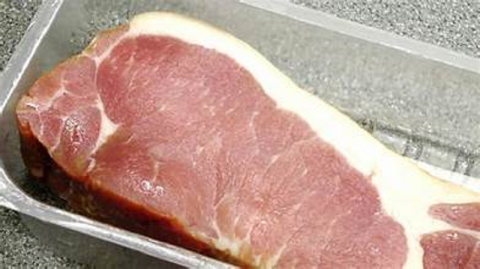For many, Italy’s taste is synonymous with freshly baked bread’s aroma. From focaccia and ciabatta to pizza and grissini, Italian breads come in various shapes and sizes. But true Italian cuisine isn’t just about savoring the flavors; it’s a journey through the country’s various regions and traditional breads.
In the northern part of Italy, along the border with Switzerland, lies Lombardy. The region is home to various breads, including one called pane di Casalmaggiore, and the loaf is made from wheat and bar
Focaccia: Ancient Origins
Focaccia bread is a staple in Italian cuisine, and its origins date back to ancient times. The word “focaccia” comes from the Latin term “panis focacius,” which means bread baked on the hearth. This bread was initially popular among sailors; they would take it with them on long journeys as it had a long shelf life.
Focaccia’s popularity spread throughout Italy and became a favorite among different regions. Each region created variations of this dish depending on their local ingredients and traditions. In Genoa, for example, they make Focaccia al Formaggio; this version is topped with cheese and olive oil before baking.
Today, Focaccia remains essential to Italian cuisine and other traditional bread such as Ciabatta, Pane di Matera, and Schiacciata. These bread varieties are unique to their region and are made using local ingredients that give each recipe its distinct flavor profile.
Ciabatta: Rustic Flair
Ciabatta bread’s rustic texture and artisanal flair represent the Italian bread-making tradition. Originating from the Veneto region in Italy, ciabatta is made using a combination of wheat flour, water, salt, and yeast. The dough rises before being baked into long loaves, perfect for sandwiches or dipping into olive oil.
Its unique shape and texture set ciabatta apart from other Italian breads. It has a light and airy interior with large air pockets giving it a distinct chewy texture. The crust is crispy and golden brown, perfectly contrasting the soft interior. Ciabatta’s versatility makes it an ideal choice for sandwiches or as an accompaniment to soups and stews.
While ciabatta may have originated in the Veneto region of Italy, it has since become popular throughout Italy and beyond. Today you can find variations of ciabatta in bakeries all over the world. However, nothing beats enjoying a fresh slice of authentic ciabatta while savoring the flavors of traditional Italian cuisine!
Grissini: A Classic Palate Pleaser
Grissini is a classic Italian breadstick that originated in the Piedmont region of Italy. They are long, thin, and crispy sticks that pair perfectly with any meal or as a standalone snack. Grissini can be found all over Italy and has become popular worldwide due to its unique texture and flavor.
Italian breads from various regions offer a wide range of flavors and textures. Traditional Italian bread like ciabatta, focaccia, and panettone are just some of the many variations across Italy’s regions. Each type of bread has its history, tradition, and story, which makes them special.
Grissini is no exception to this rule. The origin story of grissini dates back to the 1600s when they were created in Turin by a baker who wanted to create something light for his sickly child to eat. Today, grissini is enjoyed as an appetizer and an accompaniment to soup or salad. With its simple yet delicious flavor profile, it’s no wonder why grissini remains a staple in Italian cuisine even after centuries have passed since its creation.
Read Also: Vienna Beef Named Milwaukee Brewers’ Official Hot Dog Partner
Pane Toscano: Hearty Delight
Pane Toscano is a classic Italian bread that has been enjoyed for centuries. This hearty delight is made from simple ingredients like flour, yeast, salt, and water. The key to its deliciousness lies in its unique texture – a crunchy crust on the outside and a soft, chewy interior.
One of the reasons Pane Toscano stands out among other Italian breads is its versatility. It pairs perfectly with soups and stews but can also hold as the star of a sandwich or bruschetta. The flavor profile of this bread is mild yet satisfying; it doesn’t overpower other flavors but rather complements them.
Overall, Pane Toscano embodies the essence of traditional Italian baking – simplicity, quality ingredients, and an emphasis on flavor and texture. Whether enjoyed as part of a family meal or at a local bakery in Italy, this hearty delight never fails to satisfy cravings and leave taste buds wanting more.







